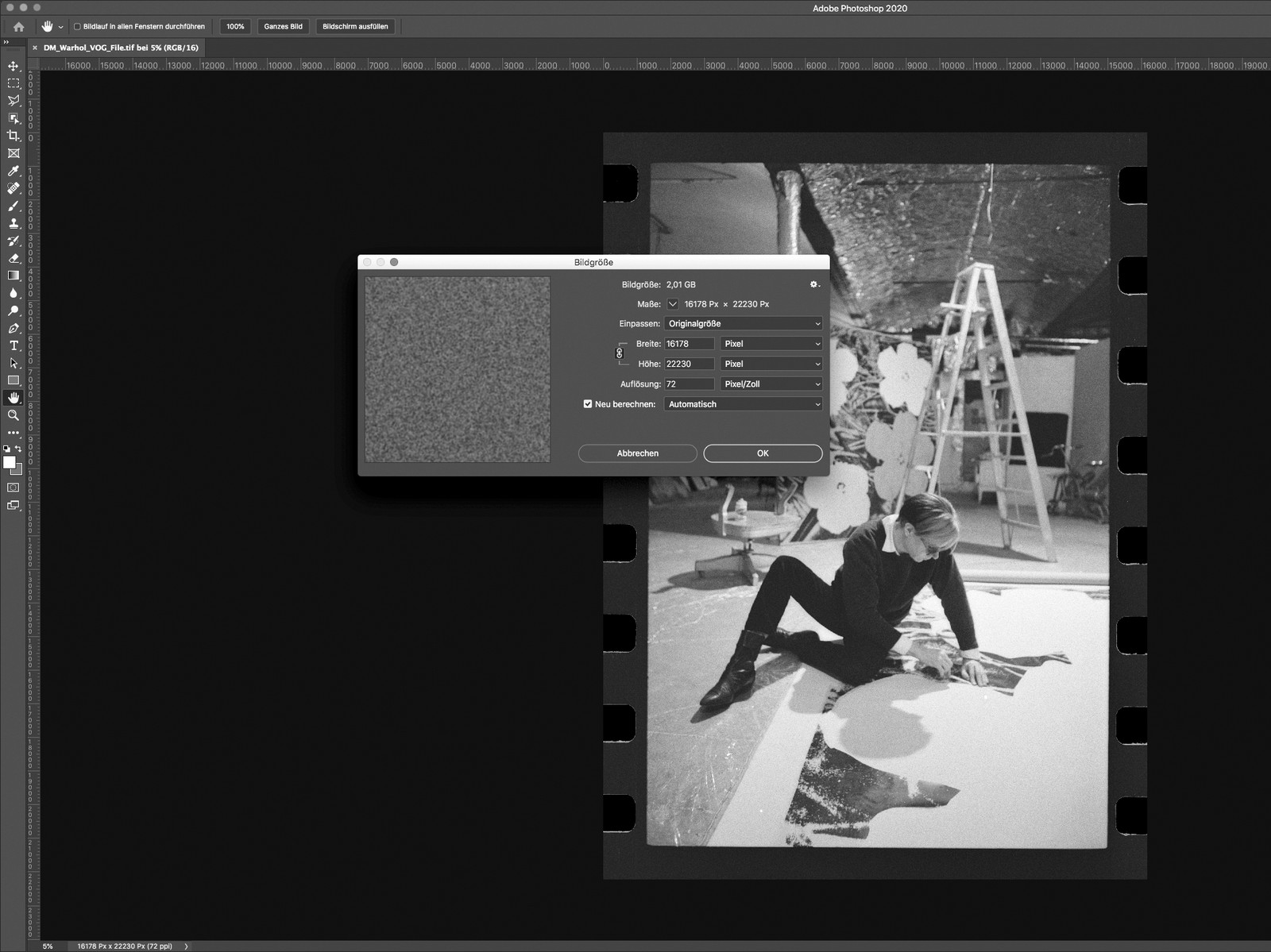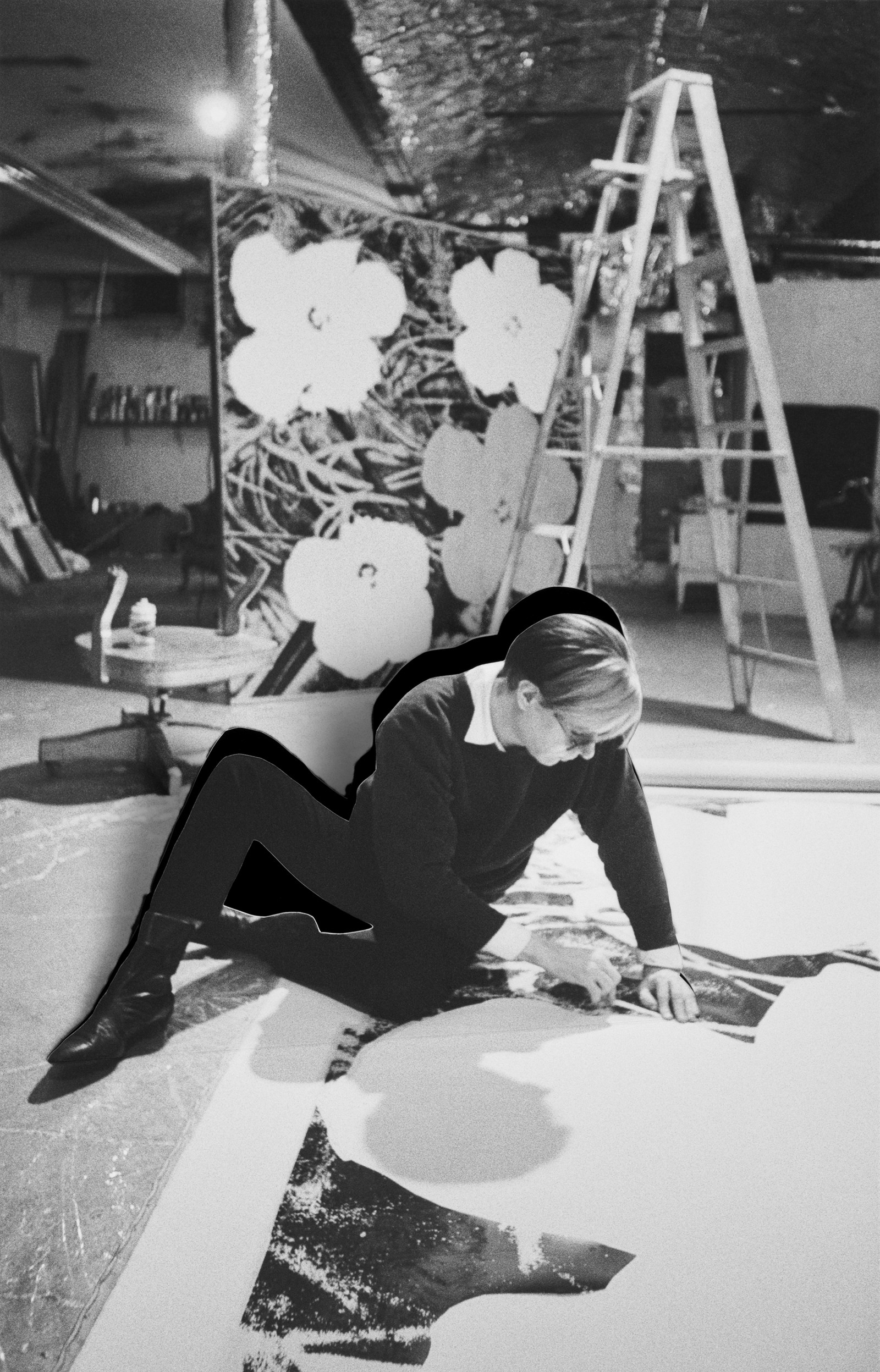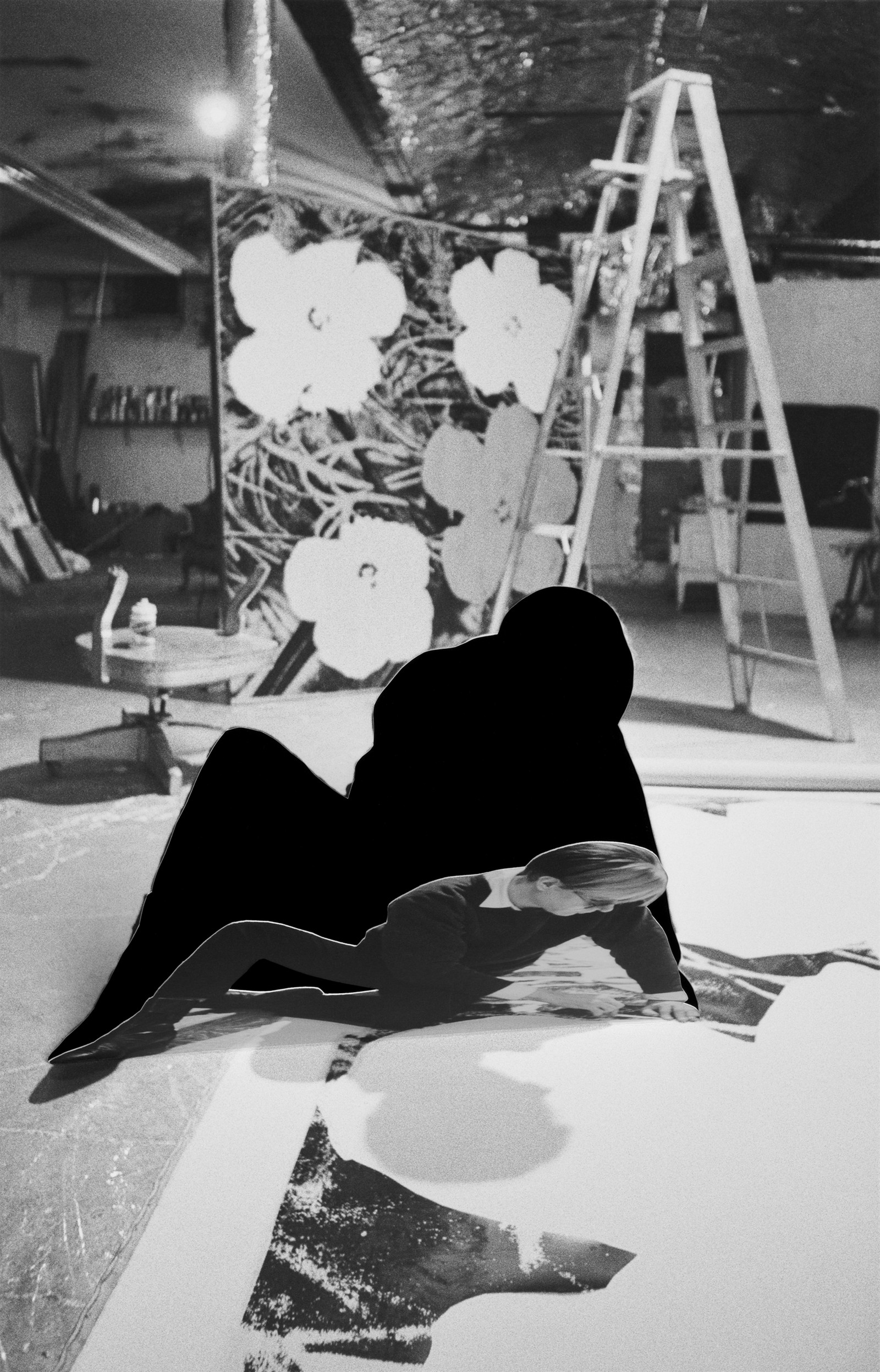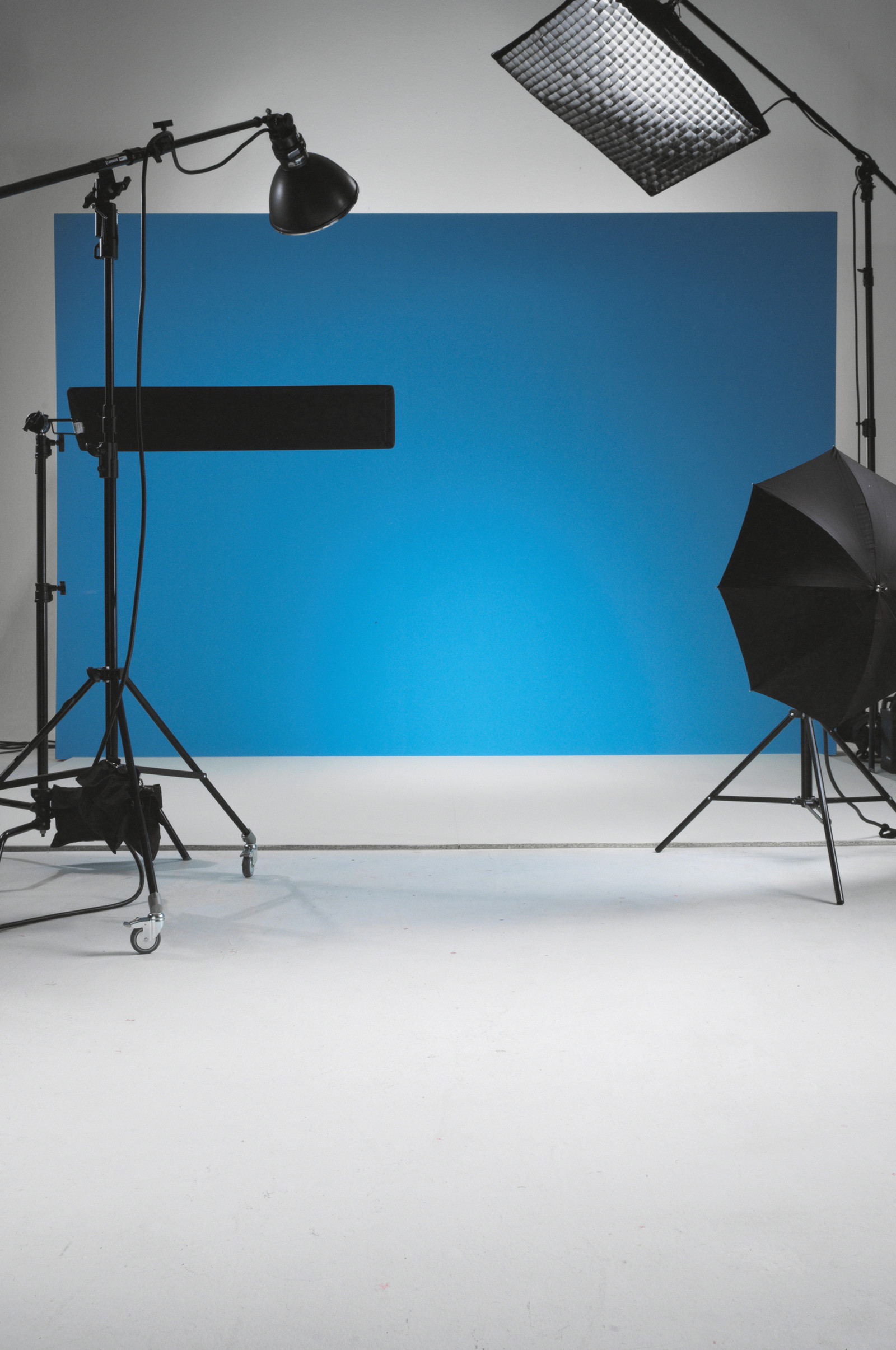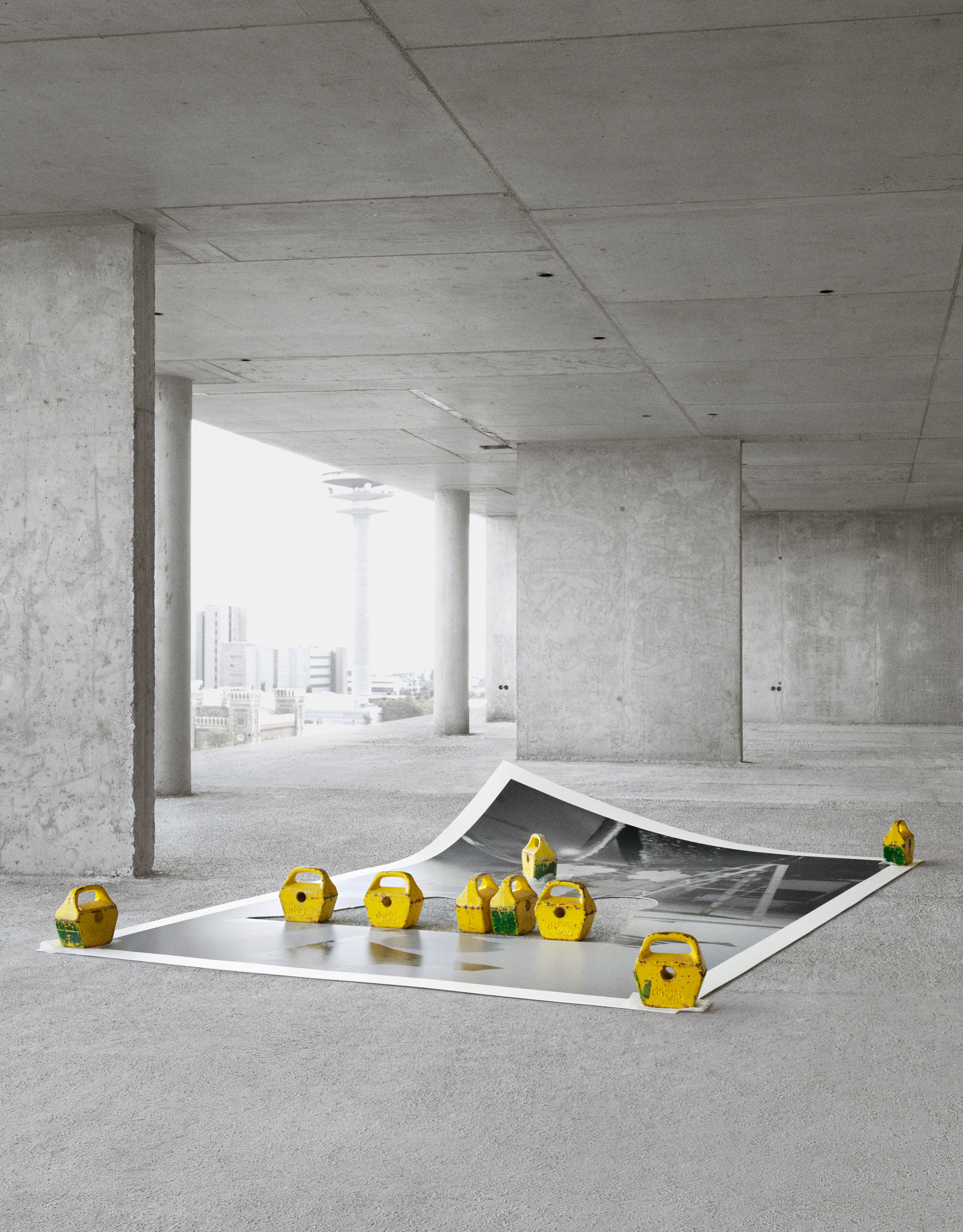2
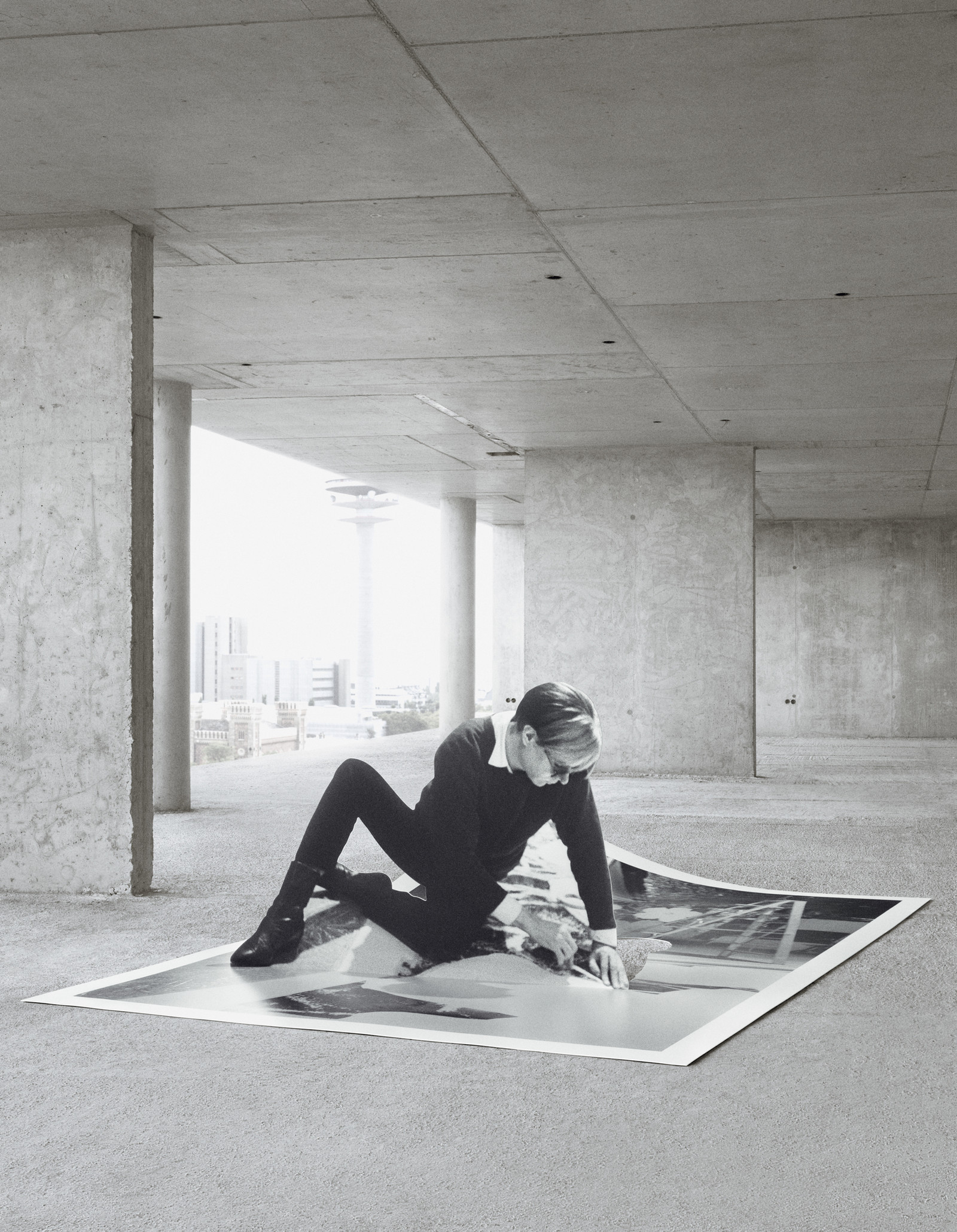
Archive image © David McCabe
(Andy at work on a large flower painting, the Factory, NYC, spring 1965)
Andy Warhol © The Andy Warhol Foundation for the Visual Arts, Inc.
Licensed by Bildrecht, Vienna 2019
Gregor Eggenberger, Set (Up), 2019
Archive image © David McCabe
(Andy at work on a large flower painting, the Factory, NYC, spring 1965)
Andy Warhol © The Andy Warhol Foundation for the Visual Arts, Inc.
Licensed by Bildrecht, Vienna 2019
2

Archive image © David McCabe
(Andy at work on a large flower painting, the Factory, NYC, spring 1965)
Andy Warhol © The Andy Warhol Foundation for the Visual Arts, Inc.
Licensed by Bildrecht, Vienna 2019
Gregor Eggenberger, Set (Up), 2019
Archive image © David McCabe
(Andy at work on a large flower painting, the Factory, NYC, spring 1965)
Andy Warhol © The Andy Warhol Foundation for the Visual Arts, Inc.
Licensed by Bildrecht, Vienna 2019
3
“In 1964, Andy Warhol commissioned the 24 year old photographer David McCabe to document his life and work for one year.”
(Matthew Placek, A Walking History with David McCabe, 2019)
5
February 25, 2019 | 12:08
Request: Andy (Warhol) at work on a large flower painting, the factory, NYC, spring 1965
“Dear David, looking for a photograph of an artist at work whose silhouette could ‘escape from’ the two-dimensionality of the photograph, I came across your Andy (Warhol) at work on a large flower painting. The intension is to produce a large-scale reproduction of this picture, cut out Andy, lift him up and integrate his erected figure into an urban setting.”
6
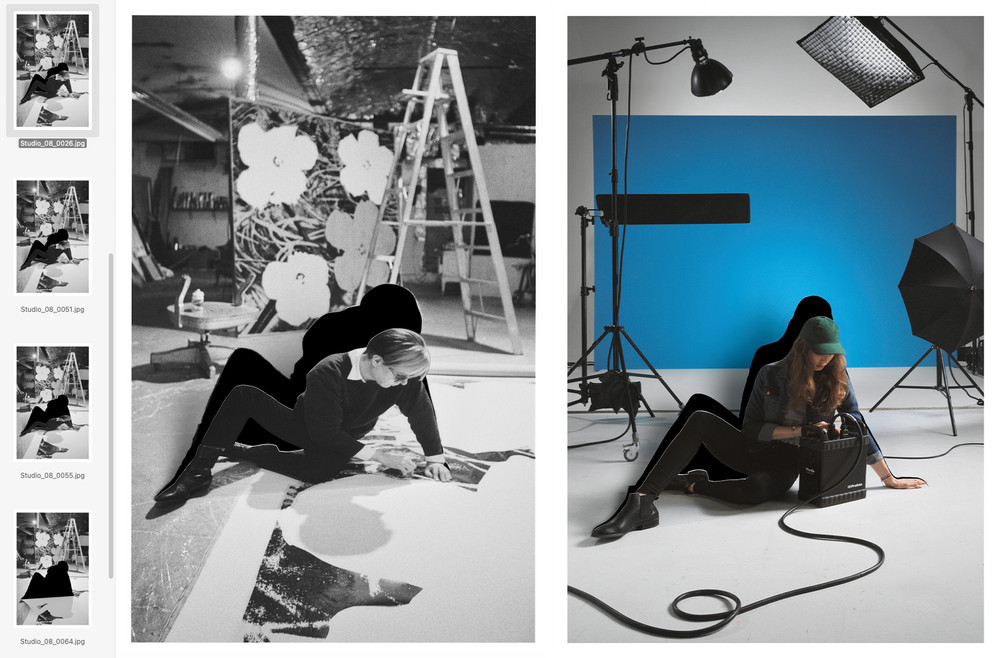
Gregor Eggenberger, studies for Set (Up): Andy, Jana (cut-outs)
Archive image © David McCabe
(Andy at work on a large flower painting, the Factory, NYC, spring 1965)
Andy Warhol © The Andy Warhol Foundation for the Visual Arts, Inc.
Licensed by Bildrecht, Vienna 2019
4
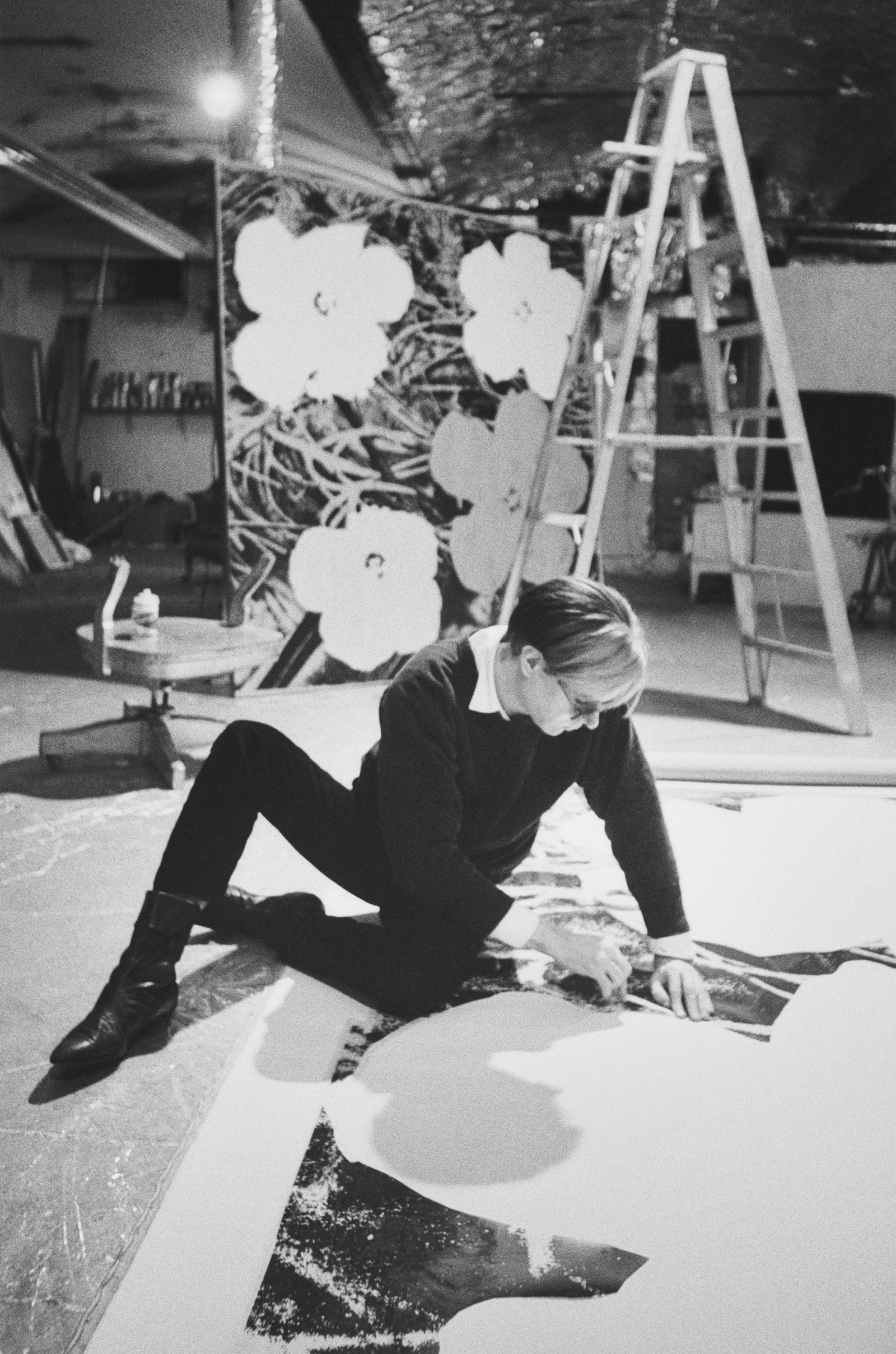
Andy Warhol © The Andy Warhol Foundation for the Visual Arts, Inc. / Licensed by Bildrecht, Vienna 2019
Archive image © David McCabe (Andy at work on a large flower painting, the Factory, NYC, spring 1965)
Andy Warhol © The Andy Warhol Foundation for the Visual Arts, Inc. / Licensed by Bildrecht, Vienna 2019
3
“In 1964, Andy Warhol commissioned the 24 year old photographer David McCabe to document his life and work for one year.”
(Matthew Placek, A Walking History with David McCabe, 2019)
4

Andy Warhol © The Andy Warhol Foundation for the Visual Arts, Inc. / Licensed by Bildrecht, Vienna 2019
Archive image © David McCabe (Andy at work on a large flower painting, the Factory, NYC, spring 1965)
Andy Warhol © The Andy Warhol Foundation for the Visual Arts, Inc. / Licensed by Bildrecht, Vienna 2019
5
February 25, 2019 | 12:08
Request: Andy (Warhol) at work on a large flower painting, the factory, NYC, spring 1965
“Dear David, looking for a photograph of an artist at work whose silhouette could ‘escape from’ the two-dimensionality of the photograph, I came across your Andy (Warhol) at work on a large flower painting. The intension is to produce a large-scale reproduction of this picture, cut out Andy, lift him up and integrate his erected figure into an urban setting.”
6

Gregor Eggenberger, studies for Set (Up): Andy, Jana (cut-outs)
Archive image © David McCabe
(Andy at work on a large flower painting, the Factory, NYC, spring 1965)
Andy Warhol © The Andy Warhol Foundation for the Visual Arts, Inc.
Licensed by Bildrecht, Vienna 2019
August 20, 2019 | 16:23
Request: high res scan David McCabe negative requirements
“Dear Junko,
We need a high-res scan of the original negative with the following specs:
- highest resolution possible by your scanner
(no upscaling in Photoshop)
- raw scan: no image editing applied, no retouching
- no USM / scan without sharpening
- 16 bit tiff file
We’ll reproduce this image approx. 200 x 300 cm
(approx. 79 x 118 inch).”
18

Archive image © David McCabe
(Andy at work on a large flower painting, the Factory, NYC, spring 1965)
Andy Warhol © The Andy Warhol Foundation for the Visual Arts, Inc.
Licensed by Bildrecht, Vienna 2019
Gregor Eggenberger, Set (Up), 2019
Archive image © David McCabe
(Andy at work on a large flower painting, the Factory, NYC, spring 1965)
Andy Warhol © The Andy Warhol Foundation for the Visual Arts, Inc.
Licensed by Bildrecht, Vienna 2019
13
“In 1964 the photographer David McCabe was given the assignment of a lifetime when Andy Warhol hired him to follow him around New York and chronicle his exploits for a year, thereby participating in the manufacturing of Warhol’s public image and the enduring myth of downtown New York. […] McCabe shot thousands of black-and-white images that captured Warhol’s self-designed mythology in the making.” (Alex Vadukul, New York Times, March 23, 2021)
NY Times
19
Gregor Eggenberger
Set (Up), 2019
By reality we usually understand things that exist in three-dimensional space. Photography, however, is merely a copy, an excerpt from something which was situated in front of the camera at a particular time. But can both these parameters, the two- and the three-dimensional, actually be interwoven with each other—is there, consequently, some form of in-between? Or can the process of an image’s becoming even be reversed? With “Set (Up)” in any case an attempt is made to transfer the subject from a black-and-white archive image back into today’s reality, in a kind of picture puzzle, so that the subject and its ideas are (again) given space.
13
“In 1964 the photographer David McCabe was given the assignment of a lifetime when Andy Warhol hired him to follow him around New York and chronicle his exploits for a year, thereby participating in the manufacturing of Warhol’s public image and the enduring myth of downtown New York. […] McCabe shot thousands of black-and-white images that captured Warhol’s self-designed mythology in the making.” (Alex Vadukul, New York Times, March 23, 2021)
NY Times
18

Archive image © David McCabe
(Andy at work on a large flower painting, the Factory, NYC, spring 1965)
Andy Warhol © The Andy Warhol Foundation for the Visual Arts, Inc.
Licensed by Bildrecht, Vienna 2019
Gregor Eggenberger, Set (Up), 2019
Archive image © David McCabe
(Andy at work on a large flower painting, the Factory, NYC, spring 1965)
Andy Warhol © The Andy Warhol Foundation for the Visual Arts, Inc.
Licensed by Bildrecht, Vienna 2019
19
Gregor Eggenberger
Set (Up), 2019
By reality we usually understand things that exist in three-dimensional space. Photography, however, is merely a copy, an excerpt from something which was situated in front of the camera at a particular time. But can both these parameters, the two- and the three-dimensional, actually be interwoven with each other—is there, consequently, some form of in-between? Or can the process of an image’s becoming even be reversed? With “Set (Up)” in any case an attempt is made to transfer the subject from a black-and-white archive image back into today’s reality, in a kind of picture puzzle, so that the subject and its ideas are (again) given space.
